Frontlist | 'The Rise and Fall of Stan Lee': bio details Marvel comics icon
Frontlist | 'The Rise and Fall of Stan Lee': bio details Marvel comics iconon Feb 18, 2021
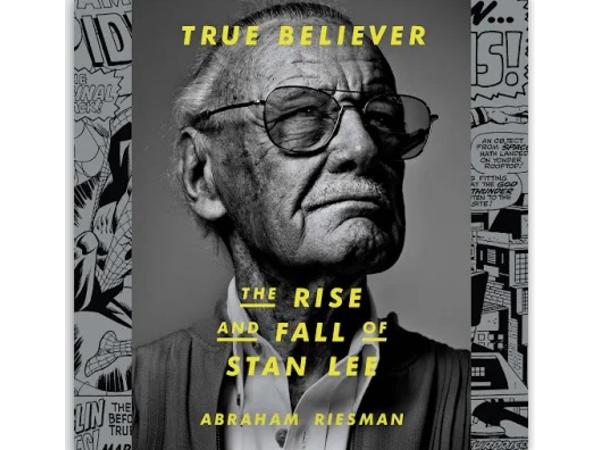
What Riesman heard was dysfunction: Lee and JC screaming at each other; JC complaining that he stopped her credit cards; Lee accusing JC of having bipolar disorder; Lee saying JC “always makes me wanna kill myself.”
Brad Herman, a former assistant of Lee’s who would later be sued by JC for slander, alleged assault. According to Herman, who claims to have been present, JC lost it at her 64th birthday party when her parents gifted her a Jaguar – leased, she discovered, not purchased. It so enraged JC that she grabbed her mother’s arm and shoved her, prompting Lee to scream at her. Herman says JC then took Stan by the neck and slammed his head against a chair.
Lee's inner circle at the end was filled with disreputable figures, con men and even felons; it's impossible to know who, if anyone, had his best interests at heart and is telling the truth, despite Riesman's best efforts. JC herself has denied the allegations, saying in a 2018 Daily Beast dual interview with her father, As long as I’ve lived, I have never touched my mother, my father, or a dog. Never.
Lee did not singlehandedly create all your favorite superheroes “Stan Lee’s story is where objective truth goes to die,” Riesman writes early on, and it serves as a warning to readers looking for concrete answers to long-debated questions of authorship in the Marvel universe. Lee began mythologizing himself early. Born Stanley Martin Lieber to Romanian-born Jewish immigrant parents, Lee was desperate to leave behind his impoverished upbringing and chucked with it his name and cultural identity. Lee spoke little about his parents or youth except to illustrate his precociousness. One story Lee liked to tell was of entering a youth writing contest for the New York Herald Tribunewhen he was 15. After he won it three weeks running, Lee said, “the editor called me down to the Herald Tribune. He said, ‘Will you stop entering the contest and give someone else a chance?’” It’s a charming anecdote, one that paints Lee a prodigy destined to grow up a pioneer of a new storytelling medium. The problem is, it isn’t true: Riesman writes that a dive into the newspaper’s archives shows Lee won seventh place and twice after achieved an honorable mention (along with 99 other kids). There was no first-place finish, no winning streak that would merit an audience with the editor. In isolation, it’s a harmless enough exaggeration. But it’s the beginning of a lifelong pattern of self-aggrandizement with Lee that would have consequences for artists caught in his orbit – especially Jack Kirby, Lee’s longtime collaborator and the defining comics artist of the era. If you know nothing else about Lee, you’re likely to know him as the creator of Spider-Man, Iron Man, Ant-Man, Black Panther, Hulk and dozens of others instantly recognizable superheroes made ubiquitous by the Marvel cinematic universe. You’re less likely to know the names of the artists who drew them (and, they would and did argue, co-created them) – Kirby primary among them. Riesman writes, “It’s very possible, maybe even probable, that the characters and plots Stan was famous for all sprang from the brain and pen of Kirby, who spent much of his life despising Stan for, as he saw it, stealing credit.” Part of the difficulty of assigning credit is the nature of the Marvel Method as developed under Lee. Originally, the creation of comics was linear and straightforward: A writer put together a script outlining the images and words that would appear in each panel, and the artist would draw as directed. Under the Marvel Method, the writer and artist would collaborate more loosely, discussing the story without actually writing a script. Then the artist would plot the story, drawing panels and pacing the story as he saw fit, after which the writer would come up with the dialogue and narration. Though the method gave artists creative freedom, it also obscured ownership of ideas, allowing Lee, as writer and editor, to lay claim to the creation of characters and plots. Further complicating the matter is the attitude toward comics at the time. In the '60s, the comics business was a fledgling industry, even disreputable. Because it wasn’t taken seriously – even by Lee – few saw the need for proper crediting, record-keeping or archival preservation. There was so little clout in the comics business, what could it possibly matter? While “True Believer” doesn’t conclusively answer these questions, it does provide ample evidence that Lee was an untrustworthy historian. “In the absence of conclusive data, history has been written by the victor,” Riesman writes. James Cameron’s ‘Spider-Man’ and other missed opportunities Lee’s long and storied career is the envy of creators the world over, but according to Riesman, it was a massive disappointment to one person in particular: Lee himself. “The evidence points to Stan’s remaining cautious at best and depressed at worst when it came to his comics career,” Riesman writes. Lee spent much of his career trying to achieve escape velocity from the business that made him, writing books and movie scripts that never coalesced, pitching film projects that fizzled. “I have the sense that he wants to be like Walt Disney,” Riesman quotes an anonymous Marvel writer from a New York Times feature. “Comics are sort of beneath him.” Kirby once told his assistant that in the mid-1960s he found Lee alone at the Marvel offices one day, speaking into a tape recorder with all the lights out. “Jack asked what this was all about. Stan smiled his Cheshire-cat smile and said, ‘I’m going to run for governor.’” It’s unclear how serious Lee was about running for office (he never made an attempt), but he was serious about breaking into film. In one mid-1990s anecdote that reads like a game of pop-culture ad libs, Lee did some networking at a birthday party for Fabio at the home of actress Whoopi Goldberg. In a recorded video pitch, Lee sits at his desk and says into the camera, “Hiya, Whoopi! It was great meeting you at the party, Fabio’s birthday party. And you may remember, we were talking about me perhaps coming up with some concepts for you to play a superheroine. You wanted a superpower. Well, I thought of three little ideas.” Those ideas included Femizon, a waitress who drinks a concoction that gives her supernatural strength; Baaad Girl, the child of a woman impregnated by Satan who refuses her father’s orders to bring souls to hell; and Chastity Jones, an alien-human offspring who’s sexually irresistible to men. Unsurprisingly, none came to fruition. The most promising missed creative opportunity was a proposed partnership with James Cameron (“The Terminator,” “Aliens”), who met up with Lee to discuss producing an “X-Men” film with Kathryn Bigelow (“The Hurt Locker”) set to direct. Riesman writes that Lee brought “X-Men” writer Chris Claremont to a meeting with Cameron, which got derailed when Lee said the fateful words “I hear you love Spider-Man.” Soon, they’d abandoned all talk of mutants and were focused on the possibility of a Spidey movie. “And Cameron goes, ‘I’ll write it, I’ll direct it, the best guys will be in it!’” Claremont says. “And everyone else in the room, we’re just watching the X-Men shrivel.” Unfortunately, the “Spider-Man” movie rights proved to be far more convoluted, and Cameron eventually gave up to direct “Titanic.” When the superhero films did eventually come, Riesman writes that Lee had little affection for them. “Stan hated superhero films,” Morgan said. Lee’s bodyguard, Gaven Vanover, added, “As soon as we made it to the end of the red carpet, it was, ‘Let’s get outta here.’” Source: USA Today
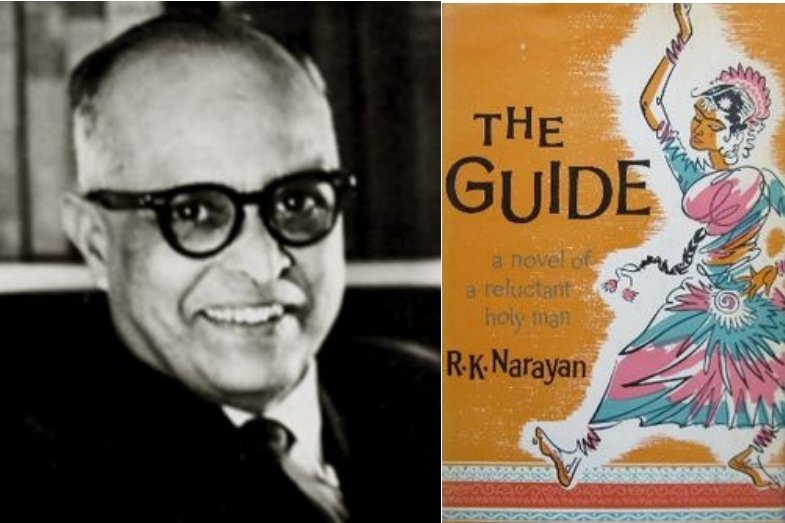

.jpg)


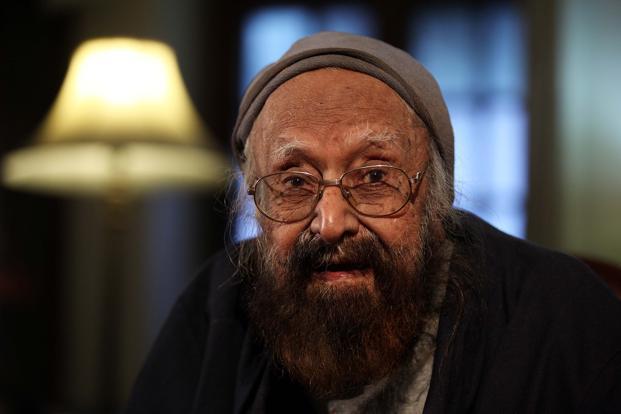


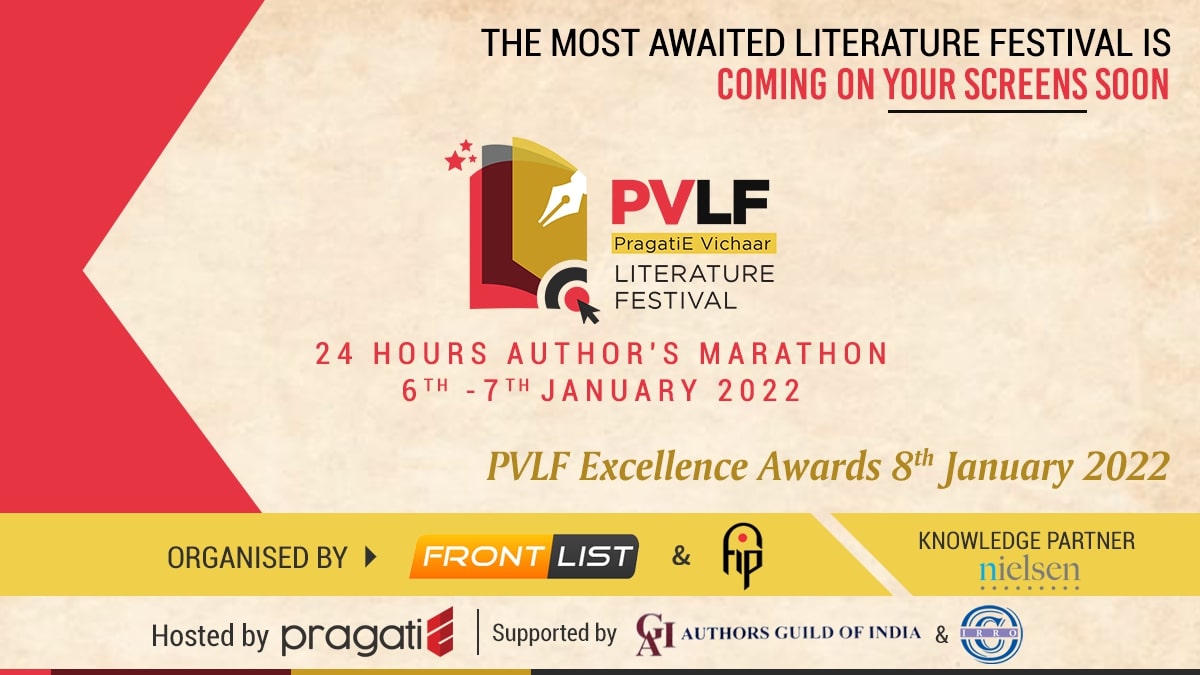
.jpg)

.jpg)
.jpg)
.jpg)
.jpg)
.jpg)

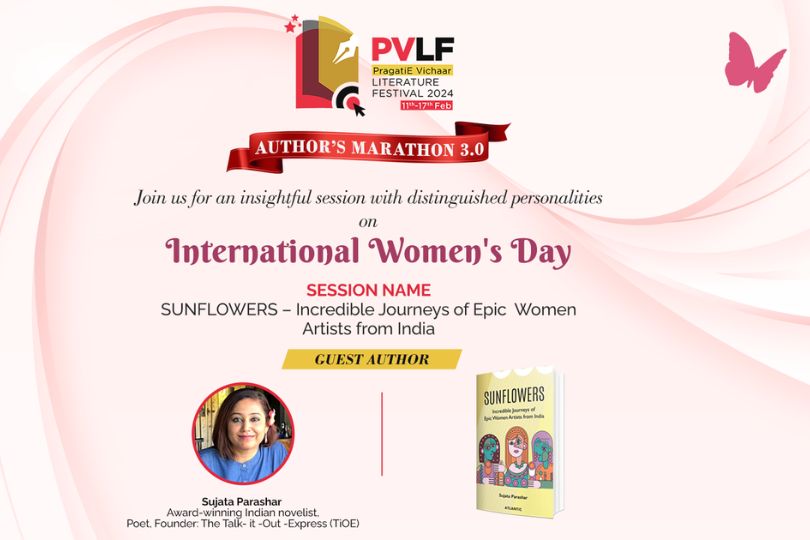



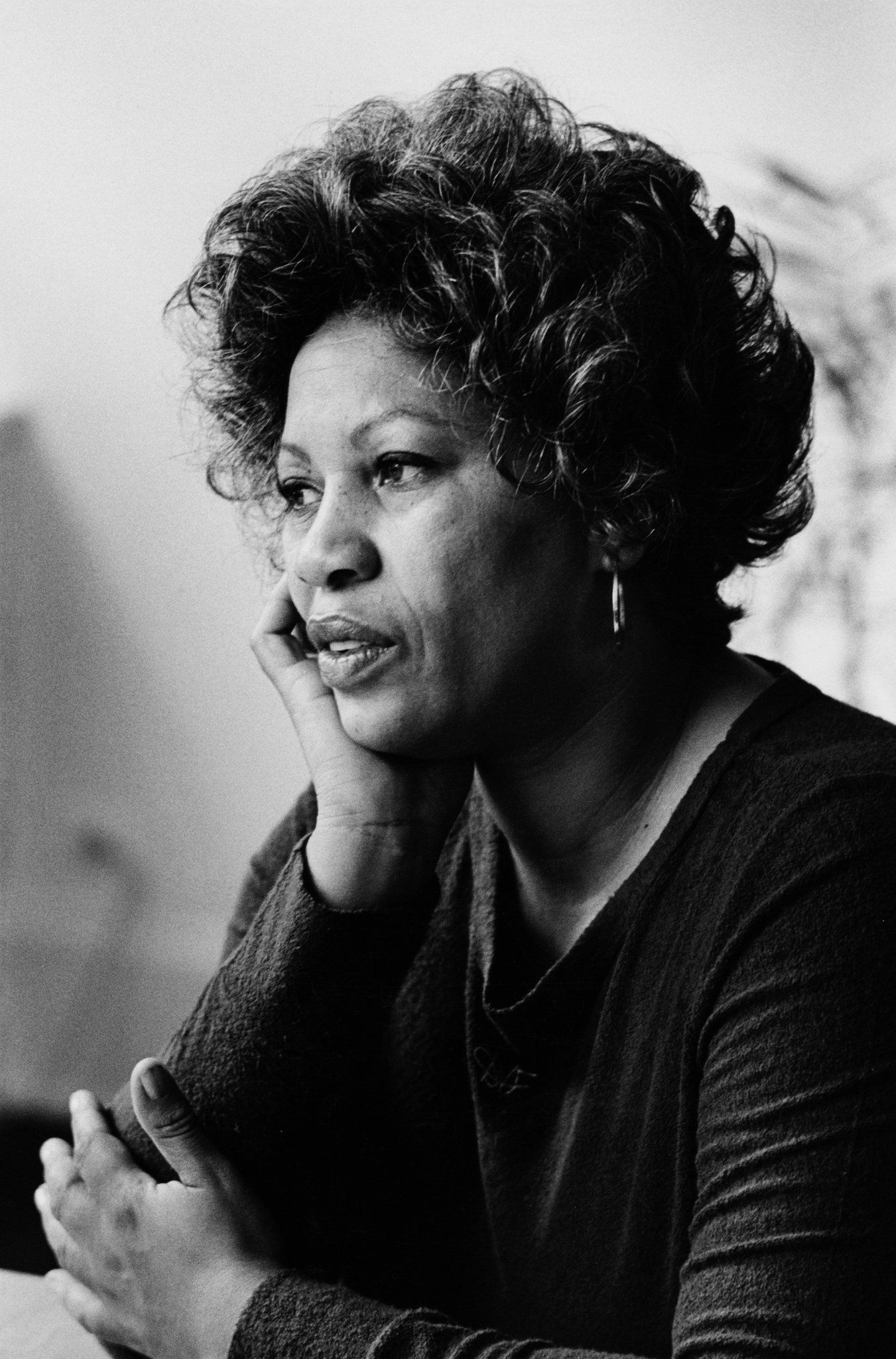
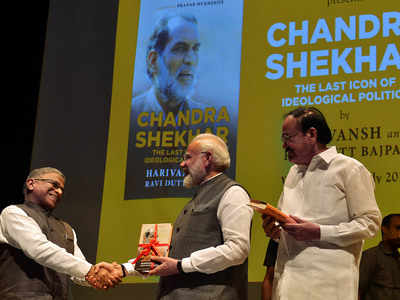

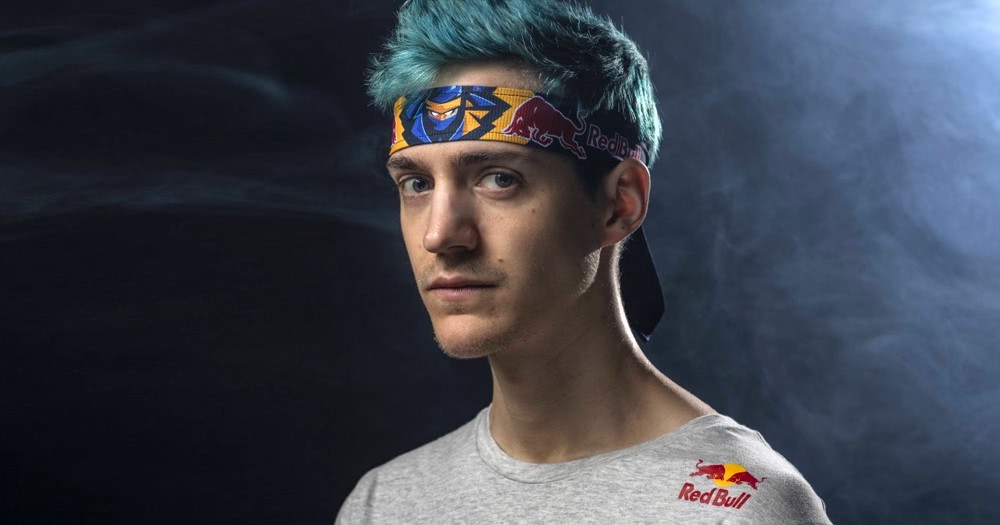
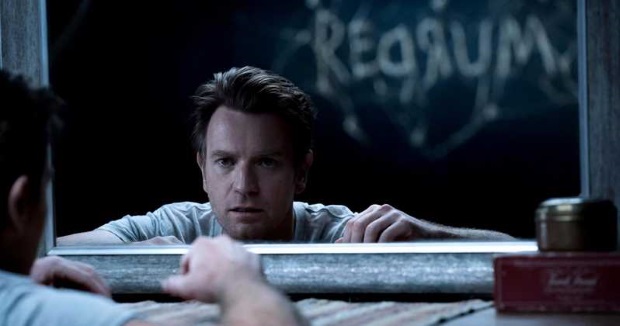
Sorry! No comment found for this post.